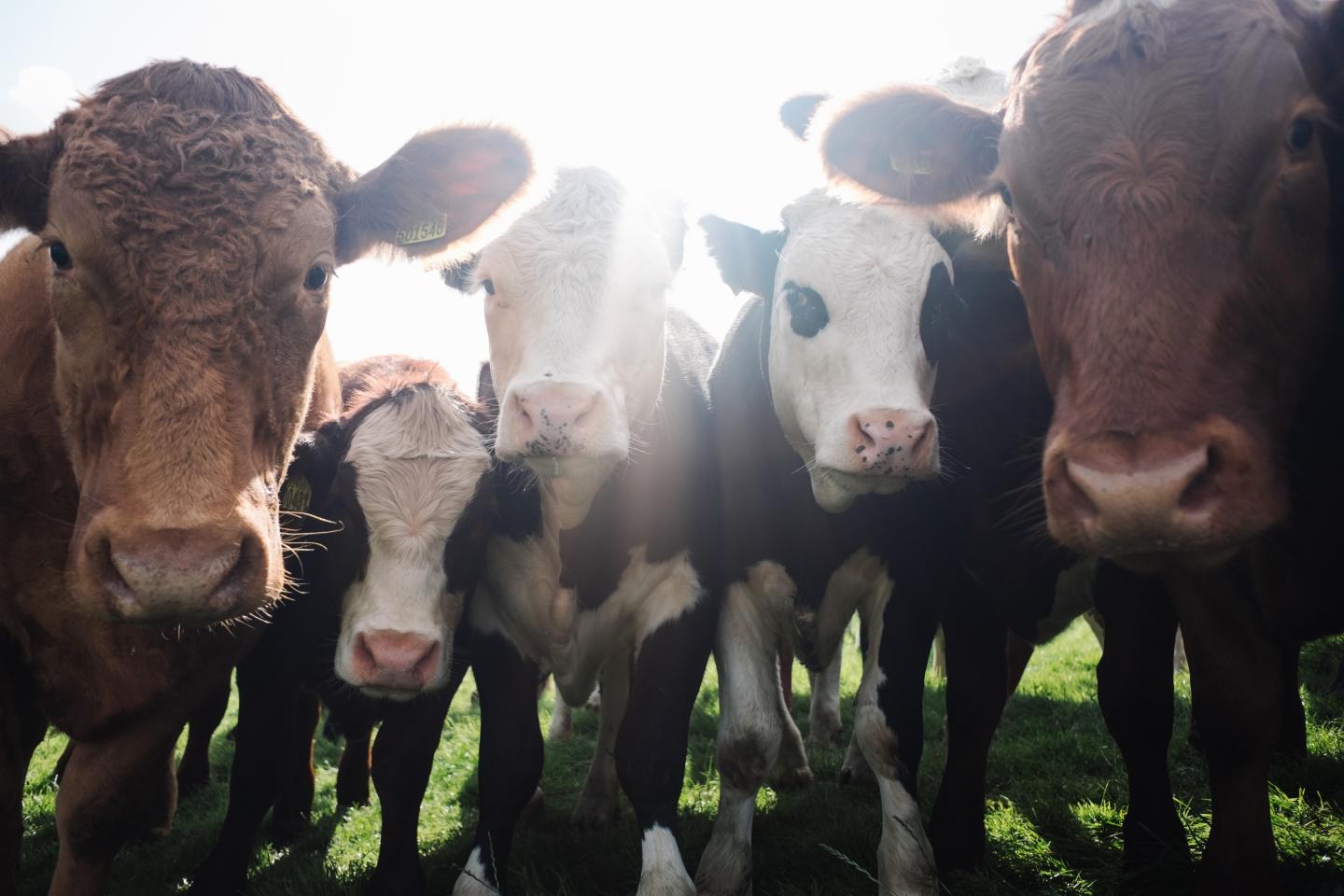
Credit: Photo by Robert Bye @robertbye, Unsplash
Scientists of Far Eastern Federal University (FEFU) and Far Eastern Branch of the Russian Academy of Sciences (FEB RAS) have developed an effective technology for the synthesis of protein from amaranth grains and mushroom mycelium to enrich a stock-raising feed. To do this, they used genetic engineering methods, inserted into the fungus strain an element of amaranth DNA containing a storage protein.
Amaranth is one of the oldest grain crops, which is closest to the ideal protein theoretically calculated. Mushroom mycelium has the ability to grow quickly. It is unpretentious to the conditions and is well absorbed in the body of animals. Scientists decided to combine these valuable functional properties. They inserted a plasmid (a type of DNA molecules) includes the amaranth gene into the strain of mycelial fungus and turned the mushroom culture into a kind of “incubator” for the targeted production of feed protein.
“The applying of recombinant strain-producer of mushroom mycelium during biosynthesis allows obtaining a large amount of functional analog of A1 protein, biologically equivalent to the storage protein A1 isolated from amaranth. The strain is not pathogenic and non-toxic to warm-blooded animals, and recombinant protein A1 of amaranth seeds fully complies with the natural protein”, said Oksana Son, project manager, Associate Professor at the Basic Department of Bioeconomy and Food Security of the FEFU School of Economics and Management (SEM).
“The amino acid composition of the amaranth A1 storage protein is created by nature itself. This is the best alternative for obtaining the most amino acid-balanced protein by the recombinant method”, went on Lyudmila Tekutyeva, a participant of the development process, Head of the Basic Department of Bioeconomy and Food security, SEM.
Among the features of the new technology is the fact that waste from a plant growing, woodworking and pulp and paper industry is used for microscopic fungi cultivating. This allows one to solve a related task, i.e. to dispose of waste materials which can pollute the environment.
The development was supported by a grant under Decree No. 218 of the Government of the Russian Federation, which calls for to use the universities potential for the modernization of domestic industrial plants. The output of the new microbiological feed proteins is to begin in 2020 at the “Kormbiosynthesis” plant. The new cattle feed will be applied on the Nadezhdinskaya advanced development territory in Primorsky Krai, Russia.
In the development project took part researchers from FEFU, as well as the Pacific Institute of Bioorganic Chemistry of the Far Eastern Branch of the Russian Academy of Sciences Larisa Balabanova, Yury Shkryl, Anna Podvolotskaya, Lyubov Slepchenko, Yulia Yugai. A related patent was issued.
###
Media Contact
Alexander Zverev
[email protected]



